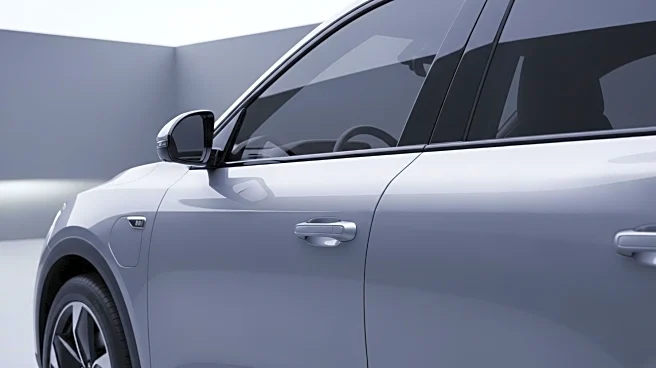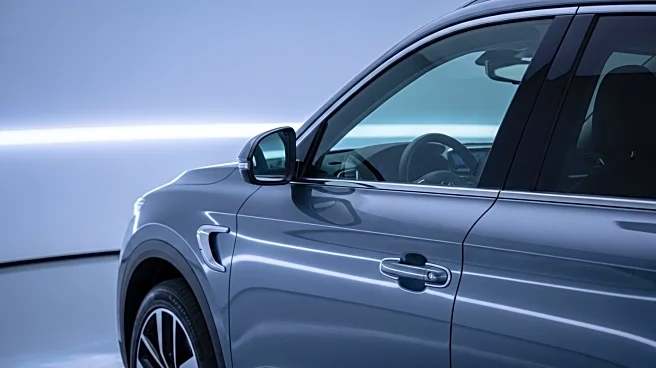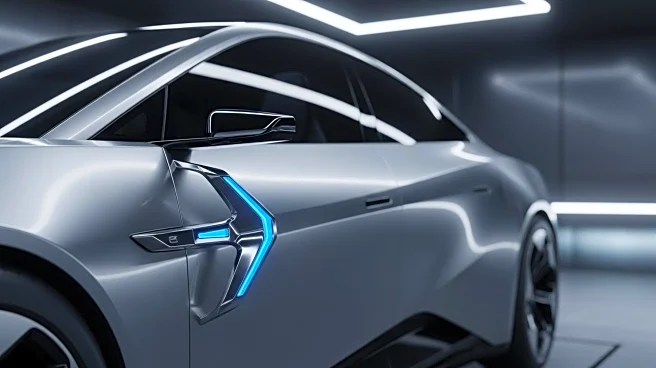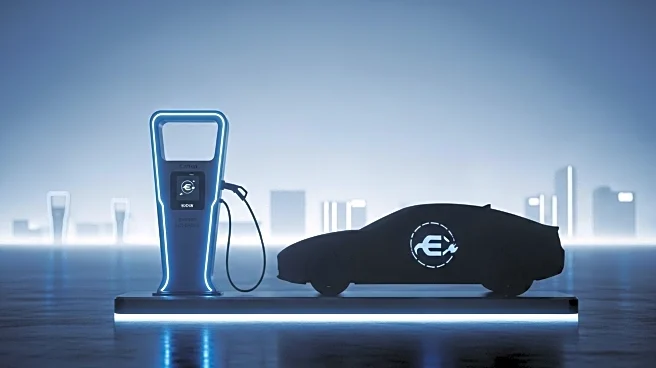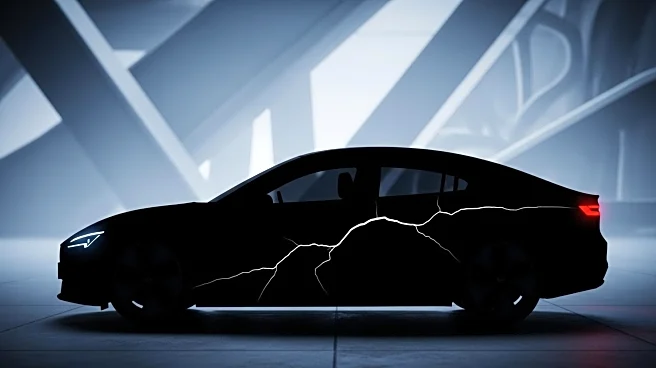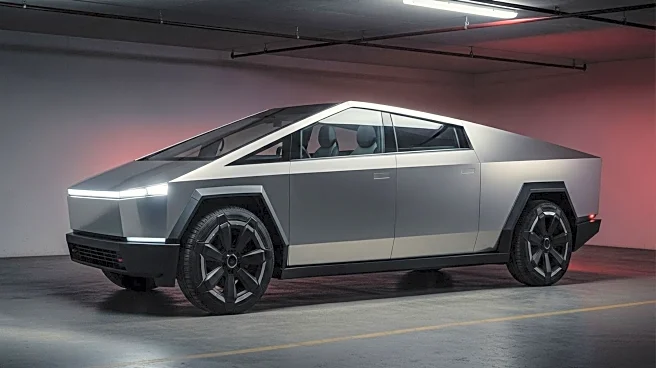What's Happening?
Rivian Automotive is addressing safety concerns related to the design of its vehicle door handles. The company is in the process of redesigning the door operating hardware for its upcoming R2 SUV model, set to be released next year. The redesign aims to make the manual release more visible and accessible, located near the electrically powered interior handles in the rear doors. This move comes after scrutiny over the safety of electrically operated door locks, similar to those used by Tesla, which have been criticized for being difficult to operate in emergency situations. Rivian has stated that safety is a priority and that the R2 will meet or exceed all Federal Motor Vehicle Safety Standards.
Why It's Important?
The redesign of Rivian's door handles is significant as it addresses a critical safety issue that has been highlighted in the automotive industry. Electrically operated door locks, while sleek and modern, have raised concerns about their functionality during emergencies, particularly when power is lost. By making the manual release more intuitive and accessible, Rivian is taking steps to ensure passenger safety, potentially setting a precedent for other automakers to follow. This change could impact consumer trust and confidence in Rivian's vehicles, influencing purchasing decisions and the company's market position.
What's Next?
Rivian's redesign of the door handles is expected to be implemented in the R2 SUV model, scheduled for release next year. As the company moves forward with this redesign, it may face scrutiny from safety regulators and consumer advocacy groups to ensure the new design effectively addresses the safety concerns. Rivian's approach could prompt other automakers to reevaluate their own door handle designs, especially those using similar electrically operated systems. The automotive industry may see increased regulatory attention on door handle safety standards, potentially leading to new guidelines or requirements.
Beyond the Headlines
The redesign of Rivian's door handles highlights broader issues in the automotive industry regarding the balance between innovative design and practical safety features. As automakers strive for cutting-edge aesthetics, they must also consider the real-world implications of their designs, particularly in emergency situations. This development may spark discussions on the ethical responsibilities of automakers to prioritize safety over style, influencing future design philosophies and industry standards.

